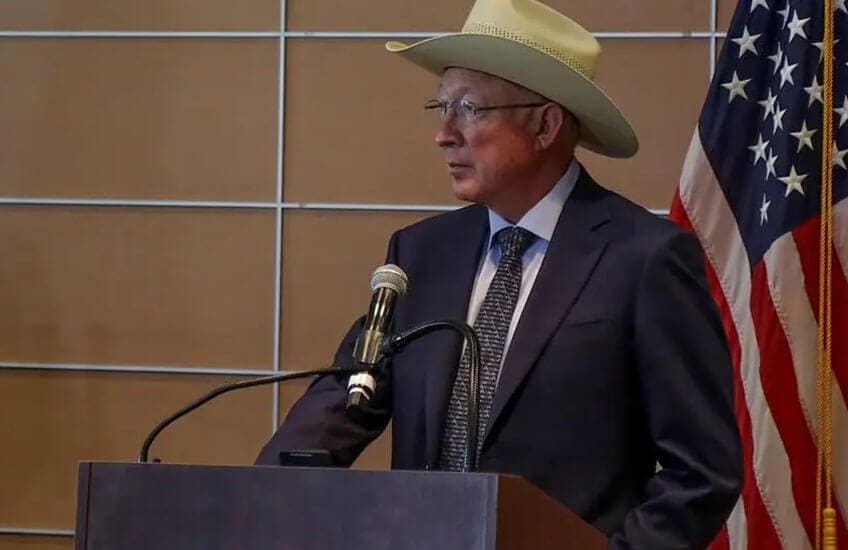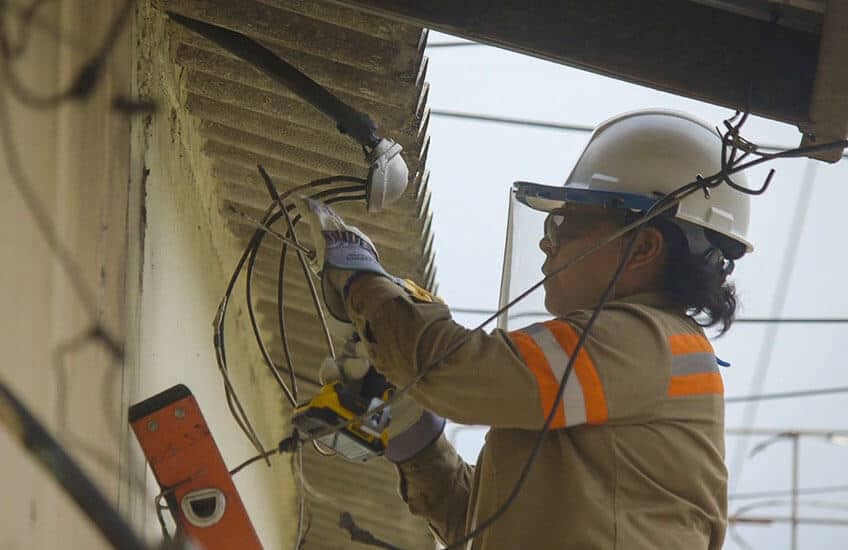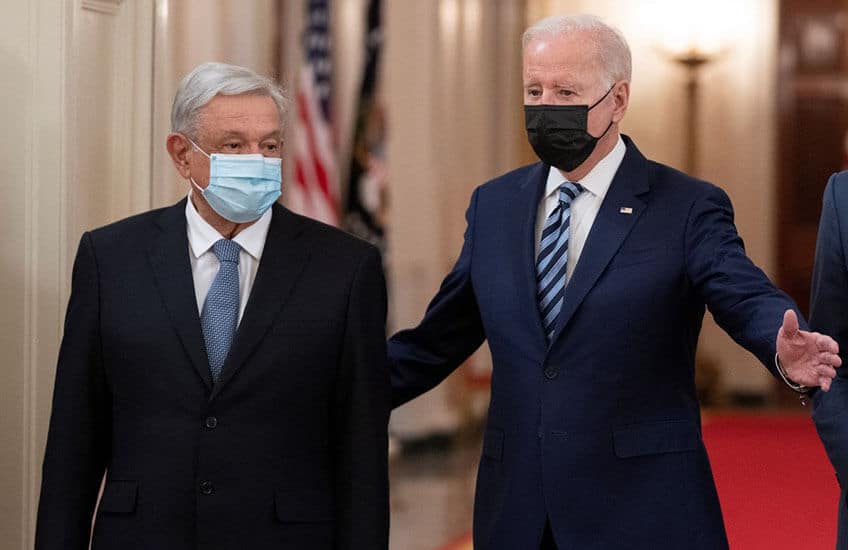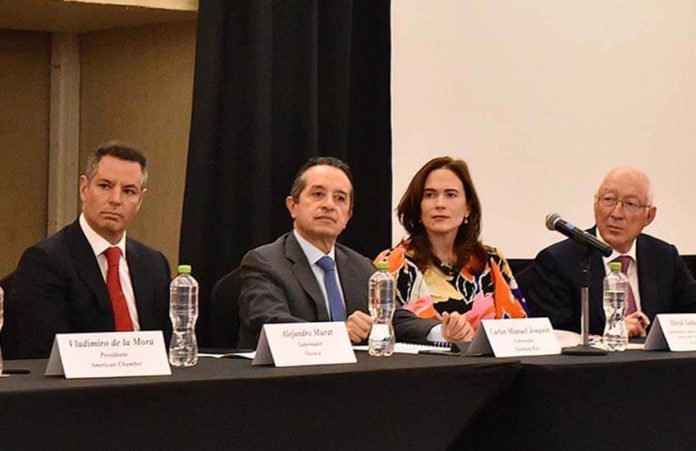The United States government has announced a new US $30 million employment and sustainability program for seven states in Mexico’s south and southeast.
Mileydi Guilarte, an official with the United States Agency for International Development (USAID), announced the initiative Thursday at a meeting of the governors of southern and southeastern states in Mexico City.
The program is called Surges, a Spanish-language acronym for “Generating Employment and Sustainability in the South of Mexico.”
It will be implemented in Campeche, Chiapas, Oaxaca, Quintana Roo, Tabasco, Veracruz and Yucatán.

“With Surges, USAID will seek to invest $30 million in the development of markets that are friendly with the environment,” Guilarte said, adding that it will operate as a public-private partnership.
“Surges will support sustainable economic development, helping to have a positive impact on communities’ way of life,” she said.
The United States Embassy said in a statement that the program will generate sales and investment of over $250 million. It is slated to start at the end of summer.
United States Ambassador Ken Salazar told the governors’ meeting that United States President Joe Biden is committed to the economic success of North America, including Mexico’s southeast. “The success of Mexico is the success of North America,” he said.
President López Obrador has called for the United States to support development in southern Mexico and Central America, and in March criticized the U.S. for taking so long to approve aid for the region when it promptly authorized resources to help Ukraine in its war against Russia.
The U.S. Senate on Thursday approved a $40 billion package of military, economic and food aid for Ukraine. The outlay for the new program in Mexico’s south and southeast is just 0.07% of that amount.
However, the U.S. government is investing more broadly in the region via a program called Promosur.
Salazar on Twitter thanked his U.S. Embassy and USAID colleagues for launching that program. “This initiative encompasses all the United States assistance programs to promote development and sustainable investment in Mexico’s south-southeast region,” he wrote.

In addition, the United States agreed last September to collaborate with Mexico on employment programs in the southern region of the country and in Central America, while López Obrador and Biden discussed development cooperation in a call in late April.
They are due to meet in early June at the Summit of the Americas, but López Obrador has threatened to boycott the regional meeting if Cuba, Venezuela and Nicaragua aren’t invited.
Federal officials and governors from southern and southeastern states met with Salazar last October to discuss investment and development, and the federal government subsequently said that the “productive dialogue” set a goal of $25 billion in investment between 2022 and 2024 “to trigger economic growth” in Mexico’s southeast with a view to stemming migration.
The $250 million Surges-related investment figure cited by the U.S. embassy represents just 1% of that amount. Nevertheless, any additional funding and investment is welcome.
Mexico and the United States have sought to reset their relationship since Biden took office early last year, with U.S. Vice President Kamala Harris declaring last June that the two countries are “embarking on a new era” in bilateral relations. The neighbors entered into a new security agreement last December.
However, there have been differences between the two countries, including on Mexico’s energy sector policies and the United States’ funding – via USAID – of civil society organizations that López Obrador has branded as opponents of his administration.
In what the president describes as Mexico’s long-neglected southern and southeastern region, the two countries appear to have a common goal, although Mexican authorities would undoubtedly like an even bigger financial commitment from their superpower neighbor.
The Mexican government is investing billions of dollars in the region to spur economic development, mainly via large infrastructure projects such as the Maya Train railroad, the Dos Bocas refinery and the Isthmus of Tehuantepc trade corridor.

The refinery, located on the Tabasco coast, is scheduled to begin operations in July while the Maya Train, which will run through Tabasco, Campeche, Yucatán, Quintana Roo and Chiapas, is slated to begin services next year.
The latter is opposed by many Mayan communities and environmentalists, who say the construction and operation of the train will harm the environment. Experts have questioned the wisdom of building a new refinery as the project diverts resources from Pemex’s more profitable exploration business.
